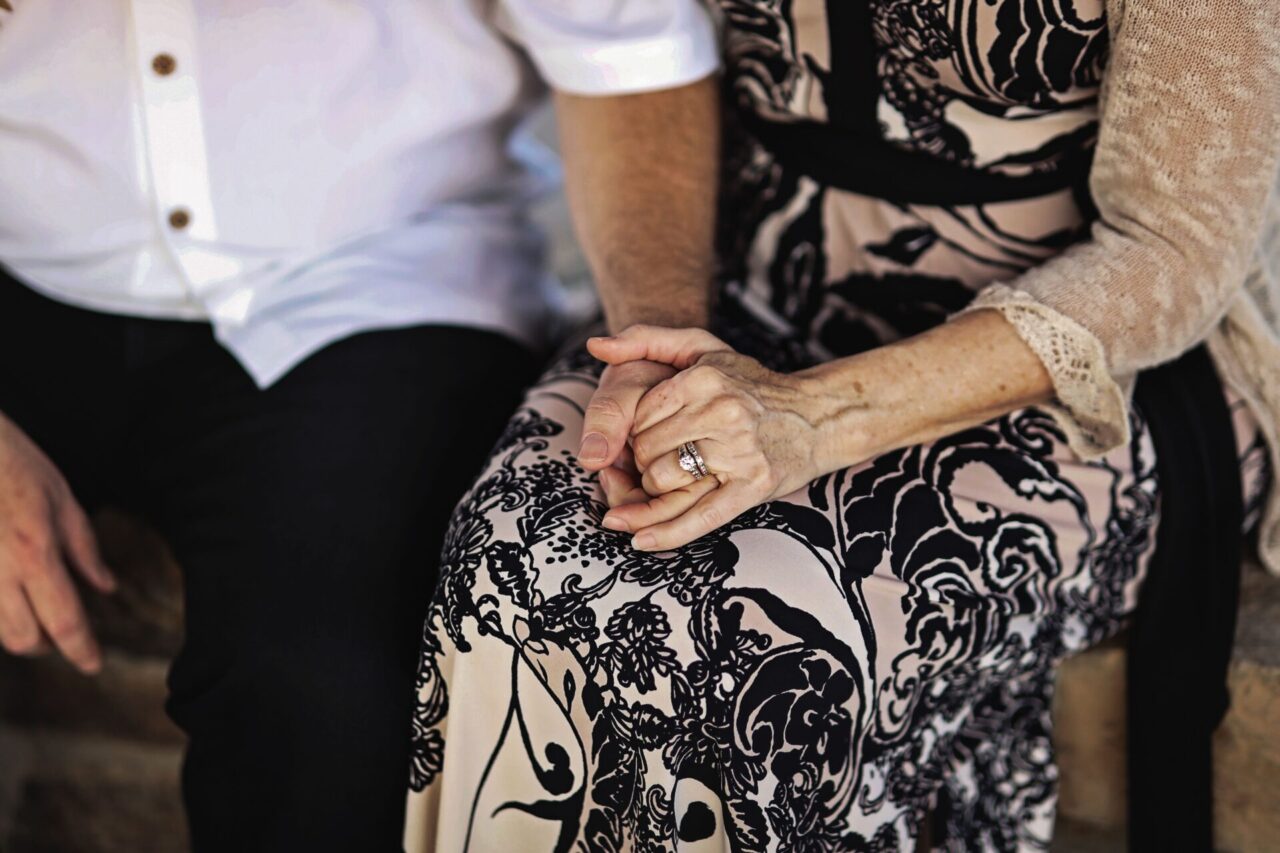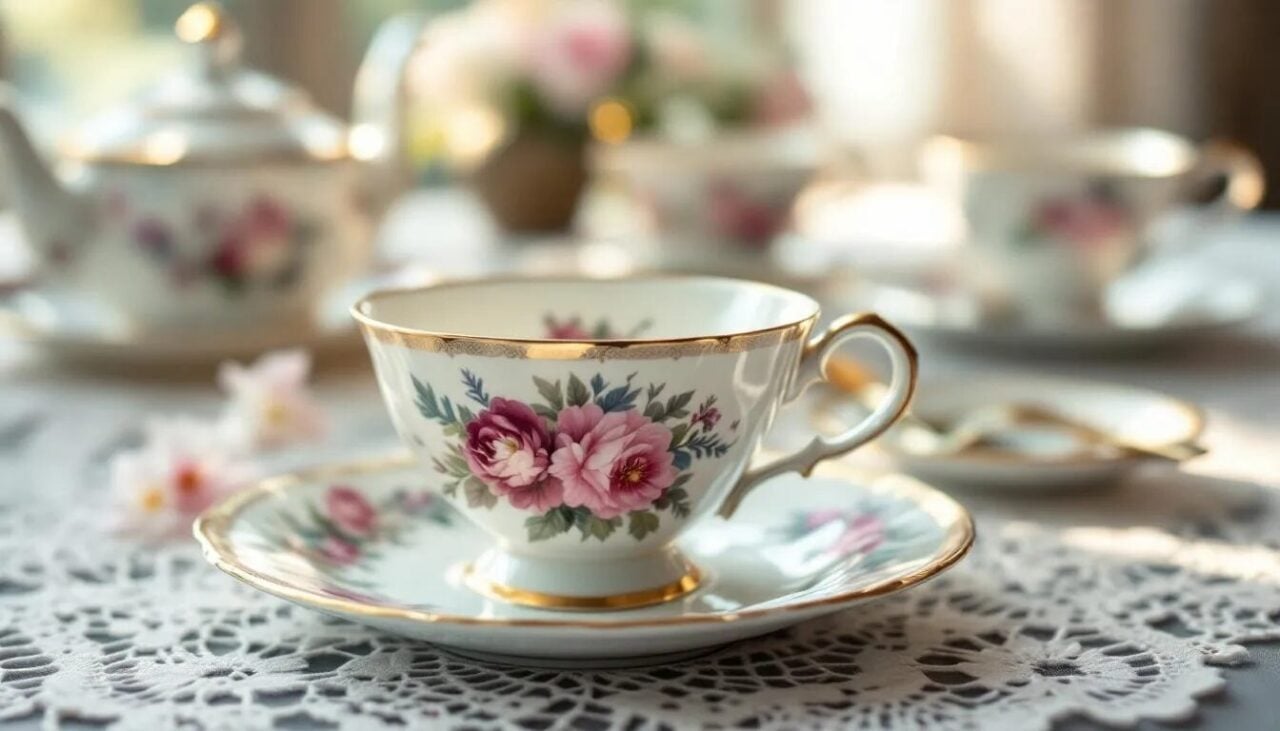Saying Good-bye (Ta Ta for now) to Barbara
Less than a month ago I attended the funeral (celebration of life) of a very special woman named Barbara. I got to know her through my weekly visits to a memory care facility in the city. She was often accompanied by her lovely and amazing companion; Jenny. Jenny – knowing how important socialization is for people living with dementia – frequently invited other residents, including my clients, to lunch or tea in Barbara’s suite. Over time we developed a tradition of visits, cookies, music, and conversation. Within those conversations Barbara and her neighbours participated as Jenny and I wove their names and favourite topics into conversation. Sometimes Barbara and her neighbours just listened, and other times they napped. But it was the sense of inclusion that was important; the feeling of being part of a community, with neighbours, and friends.
Over the two years or so that I knew Barbara, I saw her as an entire person. The Barbara I knew loved sweets of all kinds. She loved music. She seemed to really enjoy the company of others, and especially the company of her companion, Jenny. Barbara had lots of quirky phrases and a soft, sweet voice. When she said, “That would be lovely” in response to a suggestion of an outing or even a cookie; it was the most genuine response in the world. Barbara never said “Good-bye”. It was always “TTFN” (Ta Ta for now!). Always a promise of a future meeting.
There were many identities and layers to Barbara. There was the Barbara who raised three amazing children, actively participated in her community, and started a doll club. There was the Barbara who Jenny knew over the last five years – one who loved going for a road trip to Tim Hortons or for a walk in the garden. There was the Barbara that the staff of the memory care facility knew and the Barbara that I knew. Even though I saw Barbara as a full, complete person on my own, I was well aware of the devastating effects of dementia on personality, communication and the human spirit.
Barbara in her last months and weeks was mostly non-verbal. She often slept and ate very little, as is often the case with end-stage dementia. She had long since transitioned from walking to a wheelchair to frequent naps in bed. Her frail body seemed to struggle to find comfort in the most luxurious of wheelchairs. She was skin and bone. Many of us called her “Little Bird” because she was so fragile.

Barbara’s children experienced the long-term ravages of this disease. Dementia lets no family member off lightly. The Barbara I met was not the Barbara they remembered. Even through the anguish of losing the mother they knew in a painful, slow-motion progression, they accepted Barbara for who she was in every moment. It was beautiful to witness. There were lots of visits, lots of treats, and always an outpouring of love. Jenny and I observed (with great sadness) that several other residents never had visitors. Barbara’s children ensured that she was comfortable, safe and engaged in living as much as possible.
In Barbara’s last days I did a consult with her sweet daughters and offered my thoughts on what was likely to come, how she would likely slip away, and what things they might be able to do to comfort Barbara in her final hours. I visited Barbara and saw that she was already travelling from this world to “the beyond” and told the family that Barbara would fly away soon. I also sat with Jenny while she tried to process the impending loss. Barbara and Jenny had been together a long time. Jenny was and is family.
What the family did in Barbara’s last days and following her death was truly amazing. It represented the kind of sacred and loving experience that all death doulas want for their clients. Barbara’s children got it right, and I would like to share a bit about what they did. Hopefully, it will help others imagine what is possible, and how love leads the way

When we knew that Barbara was in her last hours, the family (two daughters and a son – all working as a team) advocated for Barbara not to be moved more than she needed to be. Every movement at end of life is painful. The more someone is dressed, bathed (outside of a sponge bath) and transferred, the less energy there is for communication and connection. It’s just so tiring. The family also let facility staff know that it was all right if their mother no longer wanted to eat or drink. They offered her food and hydration. When Barbara wanted something to eat or drink it was there for her, but it wasn’t pushed.
The family started a round-the-clock vigil and took shifts. They sat in their mom’s living room while Barbara rested between worlds in her bed – far away already and yet physically close by. They allowed Barbara’s neighbours (also living with dementia) to visit Barbara. I helped one of Barbara’s special friends say good-bye. I took Rose to Barbara’s bedside and I said, “Look Rose, Barbara is dying. Look how she is so comfortable in her bed. She is peaceful. Rose said, “Oh…look!” She Rose touched Barbara’s head, and fixed her sheets around her shoulders and said, “OK.” There was acceptance. Nothing to panic about, As strange as that sounds, this idea is what death doulas promote: Death is not an emergency. It’s time to put on a pot of tea and be present. As Byron Katie says, “When you argue with reality you lose – but only 100% of the time.” People who have dementia seem to be the best at accepting things as they are when it comes to big life events. We can learn a lot from them.
Even though Rose has dementia, she didn’t argue with reality when she saw Barbara lying unconscious in her bed. She faced it, acknowledged it, and accepted it. Barbara’s family didn’t argue with reality. They created a sacred space for Barbara and for themselves. They accompanied their precious mother on the the journey to the body’s final breath.

When Barbara died, her daughters asked the facility staff if they could be the ones that tended to their mother. They washed her body, brushed her hair and laid her out in her bed. In Barbara’s still hands they placed a photo of Barbara and her beloved Vern (who had predeceased her in 2010). When I saw Barbara a few hours after she had died, she looked completely at rest, so loved, and so cared for. The energy was calm but poignant. It was absolutely beautiful.
Barbara’s family arranged a funeral for Barbara at the church she had attended in life. Several grandchildren spoke about all the things Barbara had taught them. Through listening to their happy memories, my vision of who Barbara was expanded immeasurably and I loved her even more. Barbara’s favourite treats were presented at the reception in the basement of the church following the service. Tea was served in a dizzying array of porcelain cups and saucers. Barbara loved a good cup of tea. She also liked ice cream bars and there plenty of those on hand as well.

Within the obituary, and at the funeral, Barbara’s family recognized the special role Jenny had played in Barbara’s life. So often companions and caregivers are thrust aside the moment someone passes. They aren’t family, they aren’t considered “friends” necessarily, and often they are assigned a new person to companion shortly after a passing. They disappear as an active caregiver and have to hold their own grief within themselves. It was so heartwarming to see Jenny embraced in the circle of love that the family had created. And although I don’t think I did a lot for Barbara and her family, that love was extended to me. I was truly humbled as I was welcomed to honour and grieve Barbara too. I still miss her very much.
When a loved one passes away in a care homes or other residential facility, we very often feel a deep sense of disconnection as well as powerlessness because death seems more clinical and “sanitized”. Sometimes we don’t know how we can advocate for our loved ones during this sacred transition. We don’t speak up when facility protocols make us uncomfortable. For this reason I feel it is important to share stories like this. Stories such as Barbara’s give others hope for peace, safety and even self-determination at end-of-life. Barbara’s family has become one of my “poster families” role model for a compassionate and loving approach to loss, death, and grief.
If you have a loved one in a care facility, or a loved one who more than anything wishes to die at home a death doula can help. We can do much of the legwork in terms of identifying supportive resources and we can advise on ways to advocate. Our services can provide holding vigil while you get a much-needed rest, a bite to eat, or even a shower. We support family members in their grief and lighten the burden of ‘keeping it together’. If you find yourself in need support please reach out for a free, 30-minute consultation.
Download My Free End-of-Life Glossary
This comprehensive guide will help you navigate the often unfamiliar terminology associated with end-of-life discussions. You’ll also receive valuable insights about once a month. No spam ever; unsubscribe anytime. Download your free glossary today.
